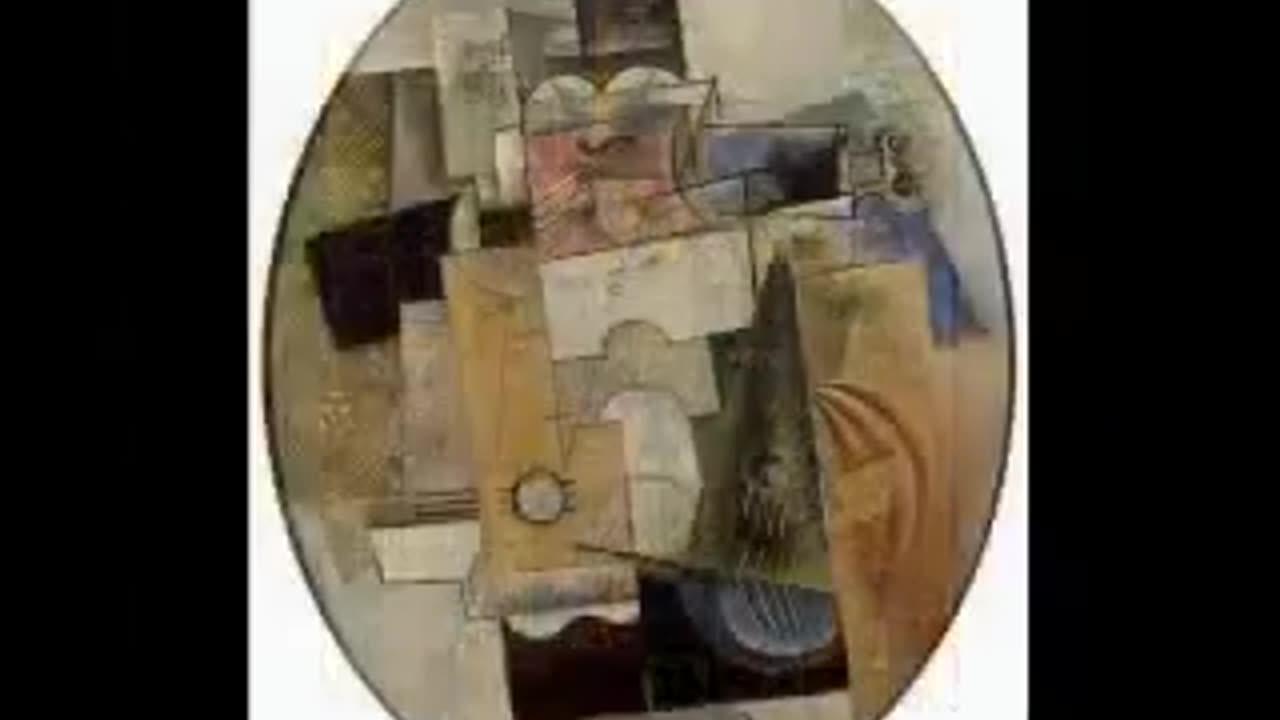
Pablo Picasso, the influential cubist artist, made a lasting impact on the art world in the 20th century.
Born in Malaga, Spain in 1881, Picasso's exposure to art began early in life through his father, an artist and art professor.
His artistic journey commenced by studying under his father and later exploring various art forms at the Academy of Arts in Paris.
It was in Paris where he immersed himself in surrealism and cubism, pioneering these styles and creating unique pieces influenced by them.
Picasso's time in Paris was marked by a continuous evolution of his artistic style, transitioning from the blue and rose periods to African influences, cubism, surrealism, and realism.
He not only mastered these styles but also influenced future art movements with his innovative approach.
Despite his versatile talent, Picasso faced personal challenges, including tumultuous relationships with women like Olga Khoklova, Marie Theresa Walter, and Dora Maar.
As a pacifist, Picasso used his art to advocate for peace and change, notably through his impactful piece "Guernica" in response to the German bombing.
Despite some controversial actions and political affiliations, Picasso remained a revered figure among his admirers and supporters.
His ability to push boundaries in both art and politics solidified his legacy as a prominent and influential figure of his time.
